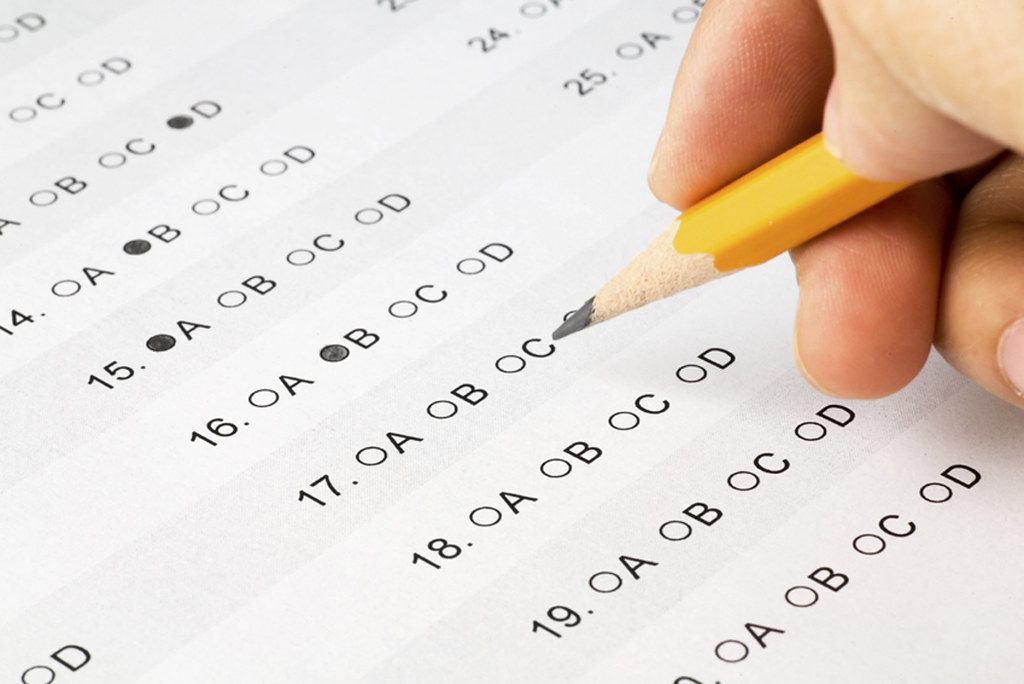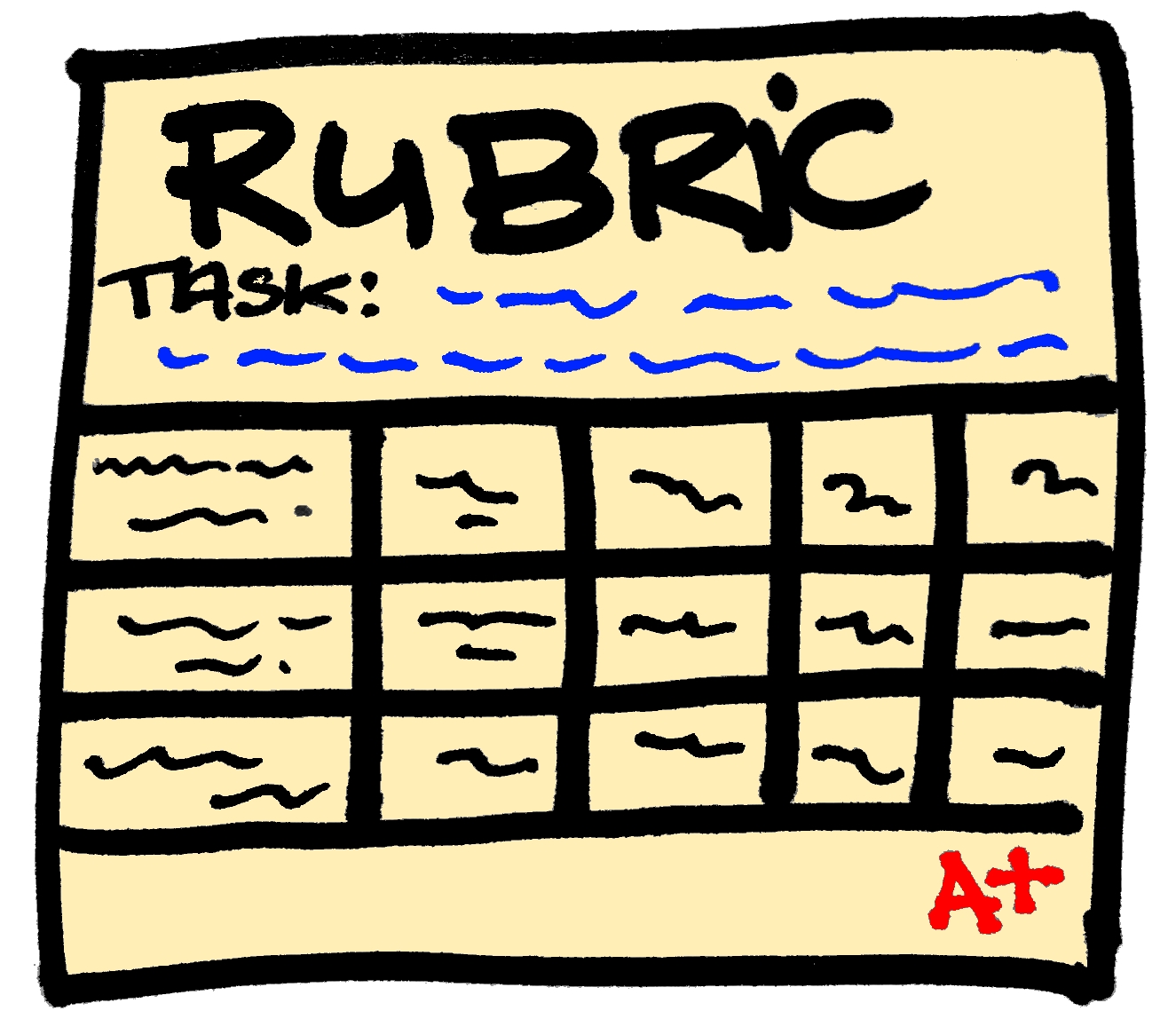 This class focused on creating online or blended classes. As part of this class we created a unit on Ancient Greece from our 6th grade curriculum that could be taught in more of a blended format. We put together materials that could be done online at home so that class time could be used more for projects and activities. You can see the unit on Ancient Greece here. In the past we have spent a lot of class time completing the reading assignments and worksheets in class. We have converted all of our worksheets to Google Docs so now they can be completed through Google Classroom. We were also able to add some discussion questions that can be used through the question feature on Google Classroom. It allows students to write their response to a question, and after responding see their classmates results. They can then respond to their peers to keep the discussion going. This is a unit that I have been teaching for a long time, so it was great to be given an opportunity to add/change the unit to better fit the technology we now have with our students. We were able to add some NewsELA articles to help connect what we are doing in social studies to what students are learning in Language Arts. We were able to use EdPuzzle to add some videos for students to watch that include questions and open ended responses. We also added a project based assessment at the end of the unit incorporating what students have learned throughout using Adobe Spark.
This class focused on creating online or blended classes. As part of this class we created a unit on Ancient Greece from our 6th grade curriculum that could be taught in more of a blended format. We put together materials that could be done online at home so that class time could be used more for projects and activities. You can see the unit on Ancient Greece here. In the past we have spent a lot of class time completing the reading assignments and worksheets in class. We have converted all of our worksheets to Google Docs so now they can be completed through Google Classroom. We were also able to add some discussion questions that can be used through the question feature on Google Classroom. It allows students to write their response to a question, and after responding see their classmates results. They can then respond to their peers to keep the discussion going. This is a unit that I have been teaching for a long time, so it was great to be given an opportunity to add/change the unit to better fit the technology we now have with our students. We were able to add some NewsELA articles to help connect what we are doing in social studies to what students are learning in Language Arts. We were able to use EdPuzzle to add some videos for students to watch that include questions and open ended responses. We also added a project based assessment at the end of the unit incorporating what students have learned throughout using Adobe Spark. Images:
N.p., n.d. Web. 16 Apr. 2018. <https://upload.wikimedia.org/wikipedia/commons/thumb/d/da/The_Parthenon_in_Athens.jpg/640px-The_Parthenon_in_Athens.jpg>.
Free Images : Building, Palace, Travel, Arch, Tower, Landmark, Facade, Tourism, Greece, Crete, Excavation, Antiquity, Historic Site, Ancient History, Ancient Roman Architecture, Ancient Greek Temple 3264x2448." Free Images : Building, Palace, Travel, Arch, Tower, Landmark, Facade, Tourism, Greece, Crete, Excavation, Antiquity, Historic Site, Ancient History, Ancient Roman Architecture, Ancient Greek Temple 3264x2448 - - 549408 - Free Stock Photos - PxHere. N.p., n.d. Web. 16 Apr. 2018. <https://pxhere.com/en/photo/549408>.







